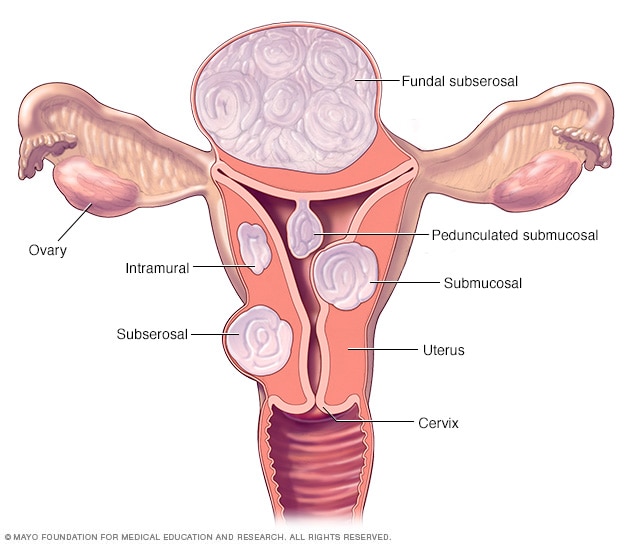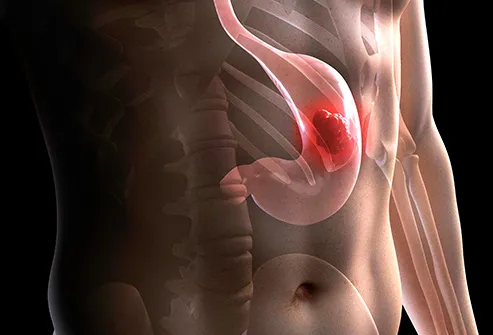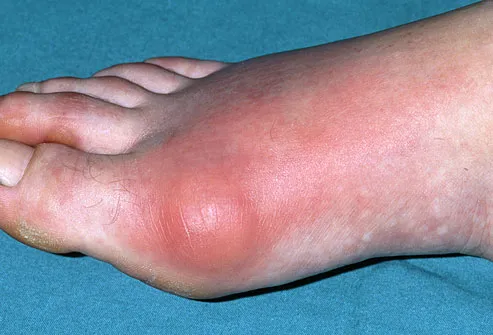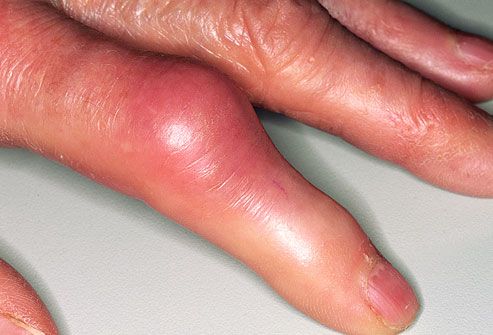Epilepsy
The major sign in this condition is the occurrence of seizures which happen when our brain cells that communicate through electric impulses start sending out the wrong signals. These seizures can last anywhere from several seconds to a few minutes. Having just one seizure does not mean you have epilepsy. Generally, the occurrence of several seizures are a clear indication of epilepsy.
Epilepsy and Ayurveda
Epilepsy is called Apasmara (Apa = loss, smara = memory, intelligence and/or consciousness). Akshepaka is a disease that is characterized by convulsions. In Ayurveda, the convulsions are caused due to an imbalance of the Vata dosha. The loss of consciousness in terms of doshic influence can be attributed to Pitta dosha. When one loses consciousness soon after seeing the colors red, blue and black and also recovers quickly, this is considered as a sign of Vata disturbance. Similarly, Pitta disturbances happen due to seeing the colors light or dark red or yellow and recovering with heavy sweating.
Convulsions in Apasmara are followed by losing consciousness and frothing at the mouth. Due to its cardinal sign of loss of consciousness or memory, epilepsy or epileptic attacks are commonly known as the ‘falling disease’ or ‘fits.’ It is a serious disorder of the central nervous system that affects both children and adults alike.
Depending on the dominance of the three doshas and their combined effect, it is classified into four types.
A fifth type, called Yoshapasmara, which is more prevalent among women. Yoshapasmara is another type of epileptic seizure elaborated in our texts and finds relevance in the condition of hysteria. Many a times, it is ignored as a tendency or hereditary factor. This has grave impact on the growth and well-being of the female suffering and the people associated with her. But on a positive note, it is treatable and can bring about a great change in the person afflicted by this.
Types of Epileptic Seizures
Seizures are classified in two main categories:
1. Partial seizures involve a part of the brain. They can be:
- Simple partial seizures. Symptoms may include involuntary twitching of the muscles or arms and legs; changes in vision; vertigo; and having unusual tastes or smells.
The person does not lose consciousness.
- Complex partial seizures. Symptoms may be like those of partial seizures, but the person does lose awareness for a time. The person may do things over and over, like walking in a circle, rubbing the hands together, or staring into space.
2. Generalized seizures involve much more or all of the brain. They can be:
- Absence seizures (petit mal). Symptoms may include staring and brief loss of consciousness.
- Myoclonic seizures. Symptoms may include jerking or twitching of the limbs on both sides of the body.
- Tonic-clonic seizures (grand mal). Symptoms may include loss of consciousness, shaking or jerking of the body, and loss of bladder control. The person may experience an aura or an unusual feeling before the seizure starts. These seizures can last from 5 to 20 minutes.
Causes of Epilepsy
According to Ayurveda, the causes of epilepsy could be kama (passion), krodha (anger), lobha (greed), moha (temptation), harsha (ectasy), soka (grief) chinta (worry), udvega (anxiety), etc.
Today, we can largely group the causes as:
- Hereditary influences
- Serious shock or injury to brain or nervous system
- Diseases like meningitis and typhoid
- Allergic reaction to certain food substances
- Circulatory disorders like a stroke or a heart attack
- Fevers
- Drug abuse or overuse: Chronic alcoholism, Lead poisoning, Use of hallucinogens and stimulants like cocaine, Antidepressants or sleep aids like benzodiazepines and barbiturates
- Mental conflict: Long term grief, passion or anger, Subconscious fear or hatred
- Deficient mineral assimilation like inadequate hemoglobin or essential minerals like magnesium
- Consumption of junk/processed foods and absence of a regularized lifestyle habit for those with epileptic tendencies
Symptoms of Epilepsy
Presymptomatic phase
- Involuntary twitching of eyebrows and rapid deviating movements of the eyes
- Drooling
- Rigidity of the muscles
- Fatigue
- Feeling of spasms or congestion in the heart
- Disinterest in food
- Hallucination or hearing sounds or voices
- Body ache
Symptomatic phase
- In case of petit mal, there is momentary loss of consciousness with no convulsions except a slight rigidity. In this case, the attack stops within a few seconds.
- Grand mal, on the other hand, has a more pronounced effect. Violent convulsions accompanied by a sudden loss of consciousness, twitching of the muscles, biting of the tongue, distorted fixation of limbs, rotation of the head and deviation of the eyes continues for much longer.
- Mild or vigorous shaking of arms and legs
- Head retraction to one side
- Constriction of fingers
- Accidental urination
- Making sounds like whimpering or crying
- Vomiting which could be frothing around the mouth or emesis of stomach contents
- Loss of consciousness or blacking out
Seizure First Aid: What to Do During
- Firstly, it is necessary to understand that thinking someone may swallow their tongue during a seizure is nothing but a common myth.
- One must avoid putting anything in the mouth of the patient during an attack.
- Do not try to restrain the person in any way. If possible, remove the individual’s eyeglasses, tie, and/or scarf.
- Turn the person to their side. This can help saliva flow out of the mouth by clearing the airways.
- Do not try to feed food or drink to the person at the time or soon after. This could cause choking.
Effects of Epilepsy on Everyday Life
Living with epilepsy can be tough and cause the sufferer many social problems. A person suffering from such a condition usually also gets attacks of depression, withdrawal from society, loss of health due to abnormal eating habits among other things.
Those with well-controlled seizures have a different set of issues as those experienced by people with poorly controlled seizures. It is a fact that having epileptic seizures can indeed affect the lifestyle of the sufferer. For example, young people striving towards academic goals, getting a driver’s license, seeking employment and travelling can all become challenging.
Top among epilepsy management tips can be to practice meditation and other relaxation techniques. Yoga and pranayama along with meditation can have a healing effect on brain chemistry by countering the effects of stress which often disturb electrical activities in the brain.
It is important to develop a seizure management plan which needs to be shared with friends, family and other pertinent people so they know what to do. Learning about your condition can give you confidence. Read about it as much as possible, join support groups and maintain a journal of personal triggers so you can safety proof yourself.
Seizure Precautions List
If you have epilepsy, the risk for accidents and sustaining injuries tends to become higher. During an epileptic seizure, it is quite possible that you can’t control where you fall or have jerky muscle movements where you hit against something. This situation is potentially dangerous as you can get physically injured in the form of cuts, bruises, burns, etc.
Here are a few things you can do to stay safe at home.
- Cushion your falls with padding on the floor like soft carpeting, cork and rubber flooring.
- Use home linen like carpets, covers and curtains with natural wool or other natural fibers as synthetic material can cause friction burns.
- Cover sharp edges, keep obstacles out of the way and use wire organizers to avoid tripping over them.
- Use toughened safety glass or double glazing as far as possible.
- Electric cookers can be safer than gas burners as there will be no open flame. Also, cooking on the back burner is safer as you are less likely to lean into the direct flame.
- Use cordless electrical devices as far as possible.
- Opt for a low bed so that you don’t fall from height, if at all.
Some tips for staying safe outside
- When outside your home, it is a good idea to carry a card or wear medical jewelry that signifies your condition so it is easier to get help.
- States do have restrictions on driving if you suffer from epilepsy. Know the laws where you live, It’s better to be safe than sorry.
- If you like to go swimming or indulge in other sports, use a buddy system. It is ideal that this person is aware of how to handle a seizure situation if it arises.
- If it’s possible, sit down in the shower rather than stand to avoid injuries.
Ayurvedic Treatment of Epilepsy
A doctor consultation is a must for diagnosing and treating epilepsy effectively. Medication, counseling and lifestyle go hand in hand to have a complete therapeutic experience. The good news is that there is a cure for epilepsy in Ayurveda – at least, it be managed to a large extent of being able to lead a completely normal life.
- Counselling: Assurance and guidance helps overcome the depression and anxiety and may also enhance the effects of the medications.
- Panchakarma: Strong detoxification procedures are highly recommended in such cases. The type of purification method chosen to restore the brain’s activity to normal would depend on the specific dosha that is vitiated.
Vata dosha: In this case, the body is cleansed using enema (basti) to balance Vata dosha. This dosha gets aggravated due to stress, lack of sleep and acute mental exertion. Constipation and problems of the GI tract can also bring about this type of epilepsy. Vata is calmed with the help of medicated oil massage (abhyanga) as well as by pouring a stream of oil on the head (shirodhara) which can calm the mind. Herbs like shankhapushpi, ashwagandha and brahmi are used to normalize brain activity.
Pitta dosha: The aggravation of this dosha is corrected by purgation (virechana). This dosha is usually disturbed due to high heat. The possible causes of epilepsy due to Pitta dosha could be diseases like encephalitis and inflammation of the head.
Kapha dosha: Toxins are removed from the system by inducing vomiting (vamana). This is often due to a blockage of the nervous system. One of the primary signs of Kaphic epilepsy can be the excessive secretion of saliva. It could be set off by a sedentary or inactive lifestyle. Tulsi and calamus root are commonly used to treat Kapha type epilepsy.
- Rejuvenation and revitalization through Rasayana therapy reduces the recurrence of attacks and promotes complete mind and body coordination for a fruitful life. The Ayurvedic epilepsy natural treatment are Panchayagavya Ghrita, Mahapanchagavya Ghrita, Vachadhya Ghrita along with the various herbs given below.








